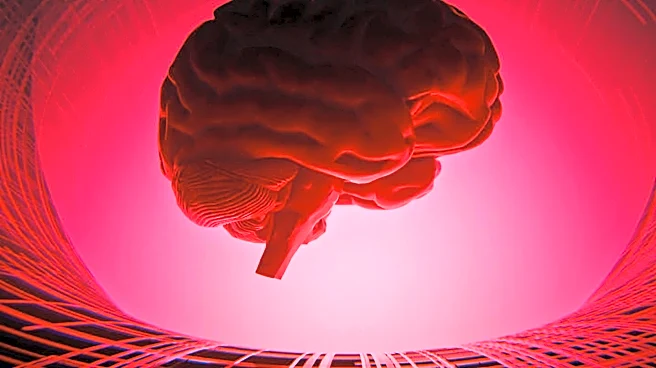What's Happening?
A recent study has highlighted the potential of urinary neutrophil gelatinase-associated lipocalin (uNGAL) as a biomarker for predicting the duration and successful liberation from continuous kidney support therapy (CKST) in critically ill children. The research, conducted on pediatric intensive care unit patients aged between 2 months and 25 years, analyzed uNGAL levels to determine their effectiveness in forecasting prolonged CKST and guiding liberation attempts. The study found that early peak uNGAL levels could predict CKST duration exceeding seven days with a high degree of accuracy, and also showed excellent performance in predicting successful therapy liberation.
Why It's Important?
The findings of this study are significant as they offer a potential tool for healthcare providers to optimize the management of CKST in critically ill children. By accurately predicting therapy duration and successful liberation, uNGAL levels could help in minimizing complications and improving patient outcomes. This biomarker could lead to more personalized treatment plans, reducing the burden on healthcare systems and families by potentially shortening hospital stays and improving recovery times. The study underscores the need for larger prospective studies to confirm these findings and integrate them into clinical practice.
What's Next?
Further research is necessary to validate the use of uNGAL as a reliable biomarker in clinical settings. Larger prospective studies could help establish standardized protocols for its use in predicting CKST duration and guiding liberation attempts. If confirmed, this biomarker could be integrated into routine clinical assessments, potentially transforming the management of kidney support therapy in pediatric care.
Beyond the Headlines
The study opens up discussions on the ethical implications of biomarker-driven personalized medicine, particularly in pediatric care. It raises questions about access to advanced diagnostic tools and the potential disparities in healthcare delivery. Additionally, the research highlights the importance of ongoing innovation in medical diagnostics to improve patient care and outcomes.










